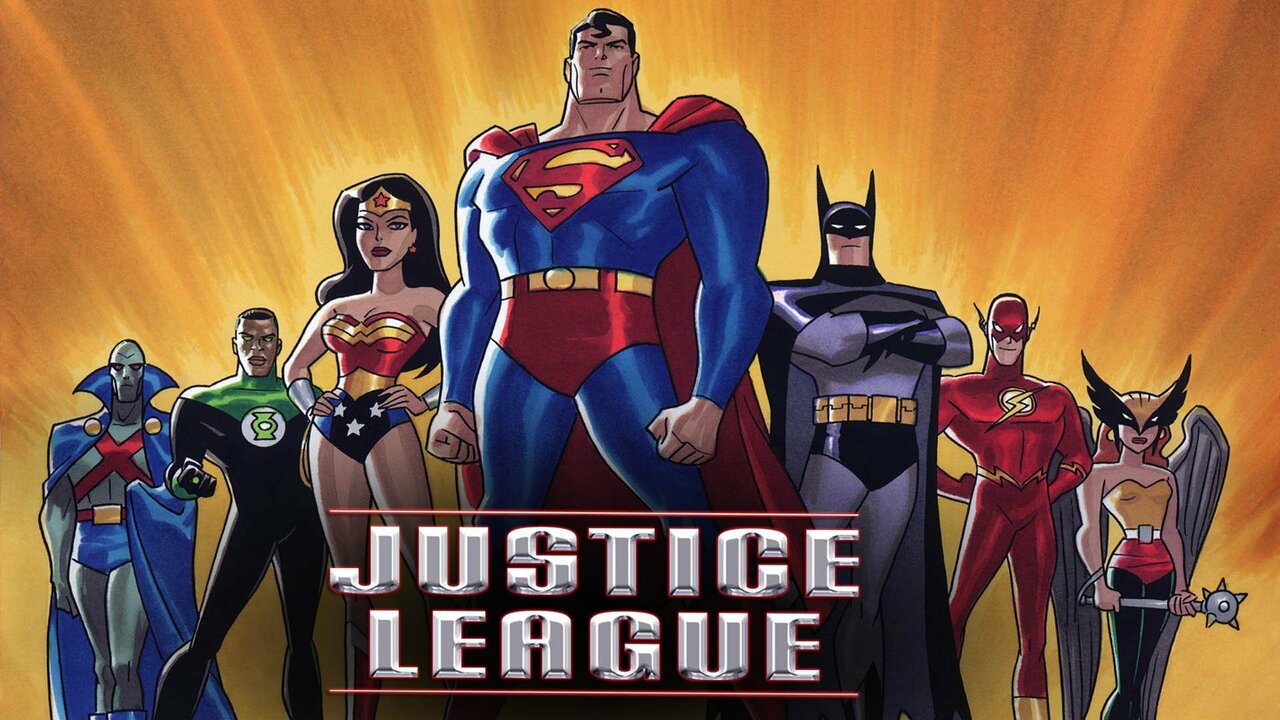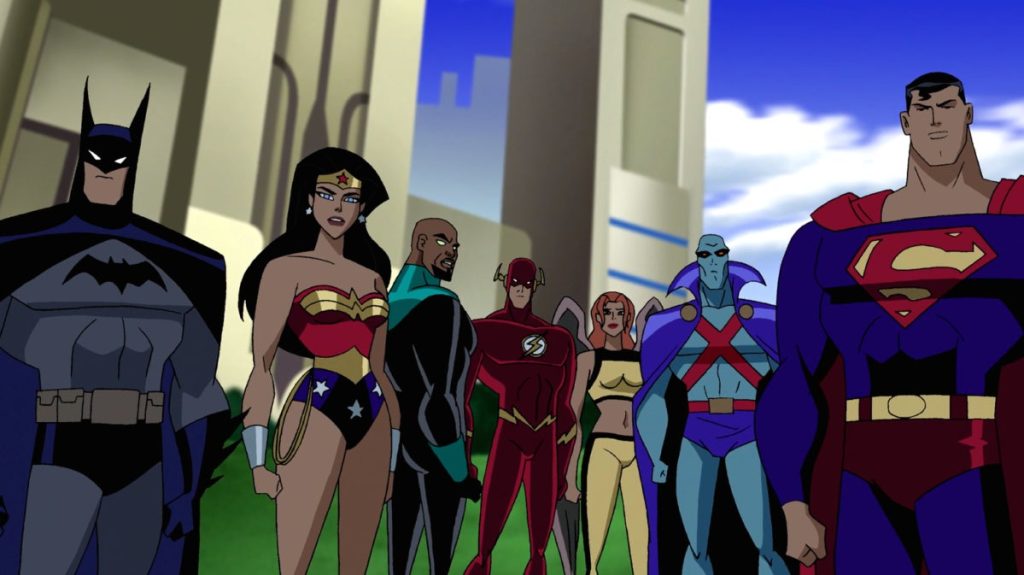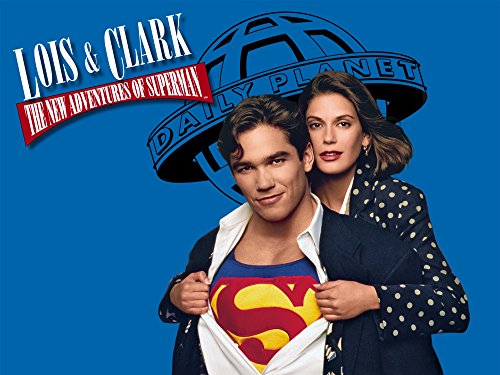Justice League: The Animated Series — The Ultimate Team of Heroes

When Justice League: The Animated Series debuted in 2001, it became an instant classic — the perfect blend of action, character-driven storytelling, and emotional depth. Building on the success of Batman: The Animated Series and Superman: The Animated Series, this show united DC’s greatest heroes on screen like never before, redefining what superhero animation could be.
A Universe Expands
Produced by Warner Bros. Animation and developed by Bruce Timm, Paul Dini, and Rich Fogel, Justice League was the next step in the DC Animated Universe (DCAU) — a shared continuity that began in the 1990s.
The series originally aired on Cartoon Network from 2001 to 2004, later continuing as Justice League Unlimited from 2004 to 2006, expanding the roster and storylines even further.
The Heroes of the League
The core team consisted of seven of DC’s most legendary heroes:
- Superman (George Newbern) – The moral compass and powerhouse of the team, embodying hope and leadership.
- Batman (Kevin Conroy) – The strategist and detective, using intellect and resources rather than powers.
- Wonder Woman (Susan Eisenberg) – The Amazon warrior, fierce yet compassionate, discovering the modern world.
- The Flash (Michael Rosenbaum) – The heart of the team, bringing humor and humanity to balance darker moments.
- Green Lantern / John Stewart (Phil LaMarr) – The disciplined soldier whose strong sense of duty anchored the team.
- Martian Manhunter / J’onn J’onzz (Carl Lumbly) – The telepathic alien haunted by the loss of his race, adding emotional depth and wisdom.
- Hawkgirl (Maria Canals-Barrera) – The bold, impulsive warrior with a mysterious past that became central to the show’s later arcs.
This diverse lineup gave each episode a unique dynamic — exploring not just battles against villains, but also the personal struggles and moral conflicts that come with heroism.

Epic Storytelling and Animation
Unlike most superhero cartoons of the time, Justice League featured multi-episode arcs, allowing for deeper storytelling. Each storyline felt cinematic, with complex villains, political intrigue, and emotional character development.
Episodes like “A Better World” — which introduced an alternate version of the League turned authoritarian — showed that the series wasn’t afraid to tackle heavy philosophical themes about justice, power, and control.
The animation style carried over the bold, angular aesthetic of the DCAU, while orchestral scores by Lolita Ritmanis, Michael McCuistion, and Kristopher Carter gave the show a sweeping, heroic tone worthy of its characters.
Justice League Unlimited — A Universe Without Limits
In 2004, the show evolved into Justice League Unlimited, expanding the roster to include dozens of DC heroes, from Green Arrow and Black Canary to The Question and Supergirl.
This version explored larger-scale stories, political subplots, and more interconnected world-building — effectively creating one of the first shared superhero universes long before the MCU existed.
Episodes like “Epilogue,” which tied together the entire DCAU, and “Divided We Fall” showcased the series’ emotional maturity and legacy of interconnected storytelling.
Critical Acclaim and Legacy
Justice League: The Animated Series and Justice League Unlimited were both critically acclaimed, praised for their writing, voice acting, and ambition. Fans and critics lauded it for treating its audience intelligently, offering complex moral dilemmas and powerful emotional payoffs.
The voice cast, particularly Kevin Conroy’s Batman, Susan Eisenberg’s Wonder Woman, and Michael Rosenbaum’s Flash, delivered iconic performances that continue to define these characters for many fans.
Why It Still Matters
Even decades later, Justice League remains the gold standard of superhero team storytelling. It balanced humor, drama, and action without ever losing sight of its emotional core — the idea that true heroism means standing together, even in the face of impossible odds.
Its influence is seen in everything from Zack Snyder’s Justice League to Young Justice and countless other DC projects. For many fans, it’s not just an animated show — it’s the definitive version of the Justice League.
A Timeless Legacy
From its unforgettable opening theme to its powerful character arcs, Justice League: The Animated Series continues to inspire both longtime comic fans and new viewers alike. It wasn’t just a show about heroes saving the world — it was about the responsibility, sacrifice, and humanity behind the masks.
More than 20 years later, it stands tall as one of the greatest superhero series ever created — a perfect example of storytelling that treated animation not as a limitation, but as a canvas for greatness.




